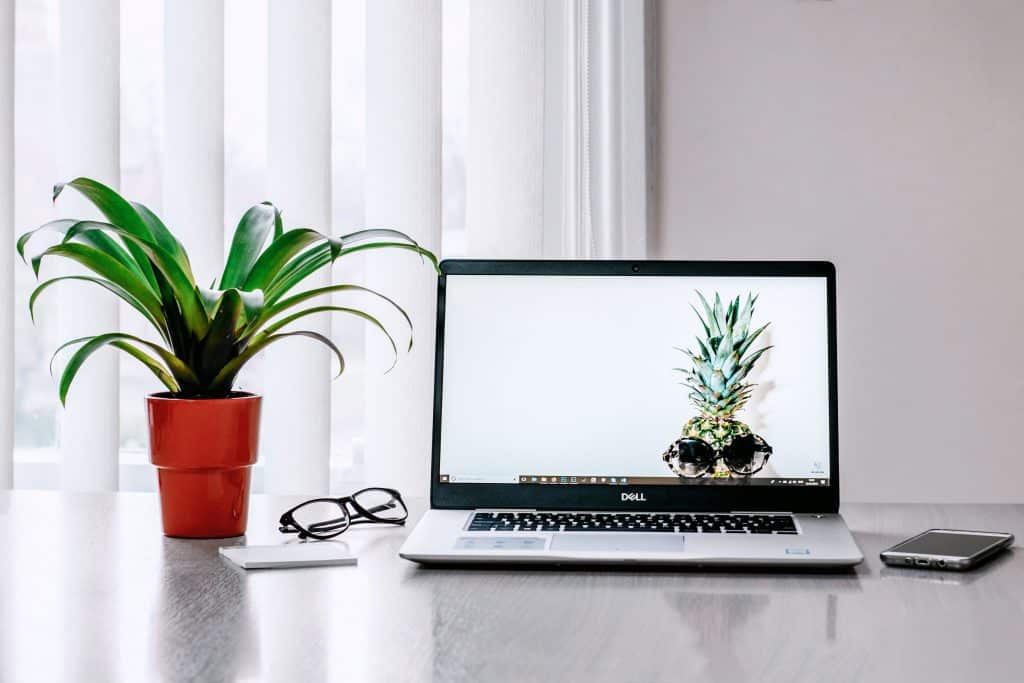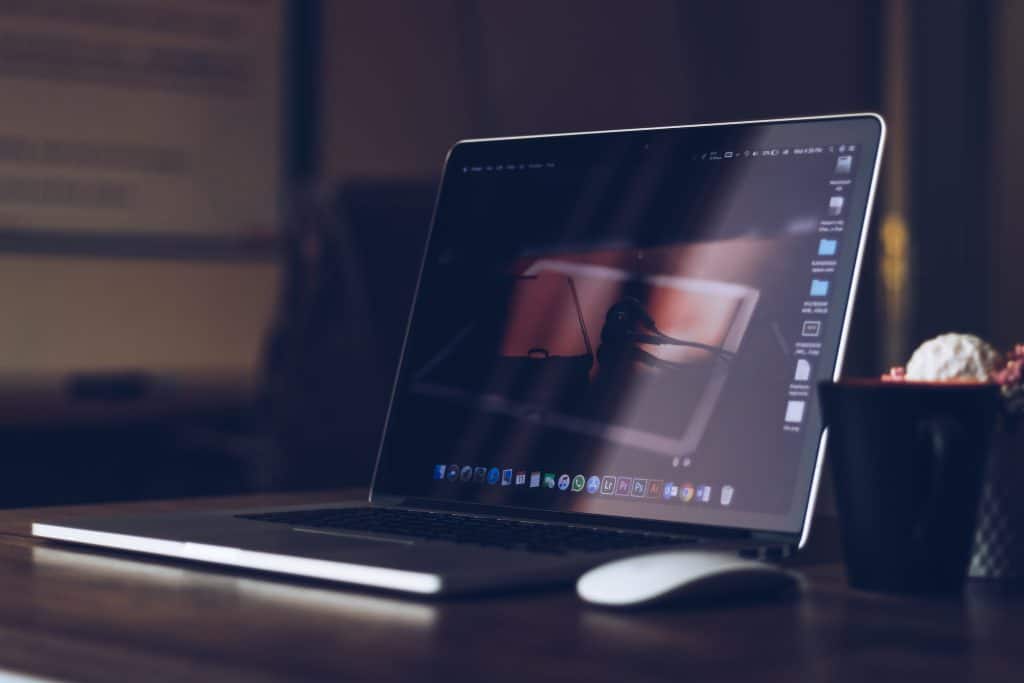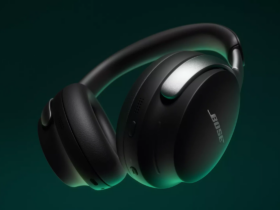A key to preserving laptop performance is by reducing laptop heat. When answering “How can I improve my laptop cooling?”, you need to understand which of your device’s components are the primary heat generators. Then, find ways to cool them to get your laptop to last longer.
Gadgets Pals has guides on how you can do this for individual parts, which keeps heat from spreading to surrounding areas.
How Can I Improve My Laptop Cooling?
Here are some of the best recommendations for reducing your laptop’s internal heat. Follow them and extend your gadget’s lifespan.
1. Keep Laptop on a Hard and Flat Surface
Laptops produce more heat than normal when perched on fabrics, cushions, and blankets. That’s because these materials block airflow, making the device’s components exert more power to perform.
The laptop’s bottom will heat regardless of where you place the device, but laying it on a hard, flat surface lets air disperse more evenly and keeps heat from concentrating on a few areas.
Most laptops have a built-in fan cooling system that draws air in via a vent. The air then cools the laptop’s heated internal components and is released through an exhaust vent. Keeping these processes flowing smoothly allows your gadget’s temperature to remain balanced.

2. Use a Laptop Cooler
Many argue that laptop coolers drain the battery faster. While that may be true, the rate is nowhere near as drastic as you might think.
Across the board, cooling pads hasten battery consumption by around five percent on average. Compared with its comfortable cooling and performance-boosting benefits, the item still ends up being a worthwhile purchase.
Laptop coolers are usually low-cost and especially effective on gaming models, which tend to produce more heat than other laptops due to their advanced graphic processing. Though they have built-in cooling systems, gaming laptops would still benefit greatly from using a cooling fan.
A wide range of laptop coolers is available, from models suited to flat surfaces to ones with versatile designs you can use both in bed and on the couch. Having these choices means there are fewer restrictions on where you can use your device. That’s all the more reason to secure a cooling fan!
3. Keep the Cooling System Clean
It only takes a few months for the dust to accumulate in your laptop’s inner workings, the cooling system included. There’s no way around it. Thus, you’ll need to make a habit of cleaning your computers regularly, which should include implementing preventive measures to keep as much dust out as possible.
A laptop’s cooling system design can make this complicated, but professional cleaning should provide a way around that. If a specific design prevents filter additions, the best solution for cleaning the cooling system would be through annual professional service.
Cleaning the system yourself is also an option. However, you would need to secure an air compressor and make an effort to research how to clean via the device correctly. It’s not as simple as blowing air into the holes and vents; you have to make sure you don’t accidentally damage anything in the process.
4. Avoid Direct Sunlight
Whether or not they’re used, you should keep laptops out of the sun’s way at all times. The device already heats enough on its own without the sun’s help. Plus, it contains plastics that can melt and warp from excessive heat exposure.
The sun’s heat can raise the internal temperature, negatively impacting both user comfort and laptop performance. Letting this continue over time can dramatically shorten the gadget’s lifespan.

You should take the same approach for storing your laptops. Never place them too long in areas directly impacted by the sun’s heat. Store your computers out in the open on a flat, hard surface inside a cool room.
5. Use Temperature-Monitoring Software
Sometimes, it’s difficult to tell if your laptop’s temperature is higher than normal. This is when temperature-monitoring software is vital because it lets you keep track of the shifts in internal heating. That way, you can implement preventive measures before the temperature reaches a borderline level.
Most packages allow for fan speed adjustments based on internal temperature. This also lets you keep an eye on the cooling components’ performance.
The fan speed should increase the hotter the hardware becomes. If this fails to be the case, you need to have your laptop checked.
Know When It’s Time for a Professional Service
More often than not, these tips should help cool down your laptop’s internal temperature. Then again, if the root source of the problem is more technical than it is practical, you might find these answers to “How can I improve my laptop cooling?” lacking. Thus, stop using your device for the time being and have a professional take a look at it.
Most methods for improving laptop cooling are more preventive than restorative, so if a component has been damaged, it’ll likely remain that way until you get it checked out.













Leave a Reply